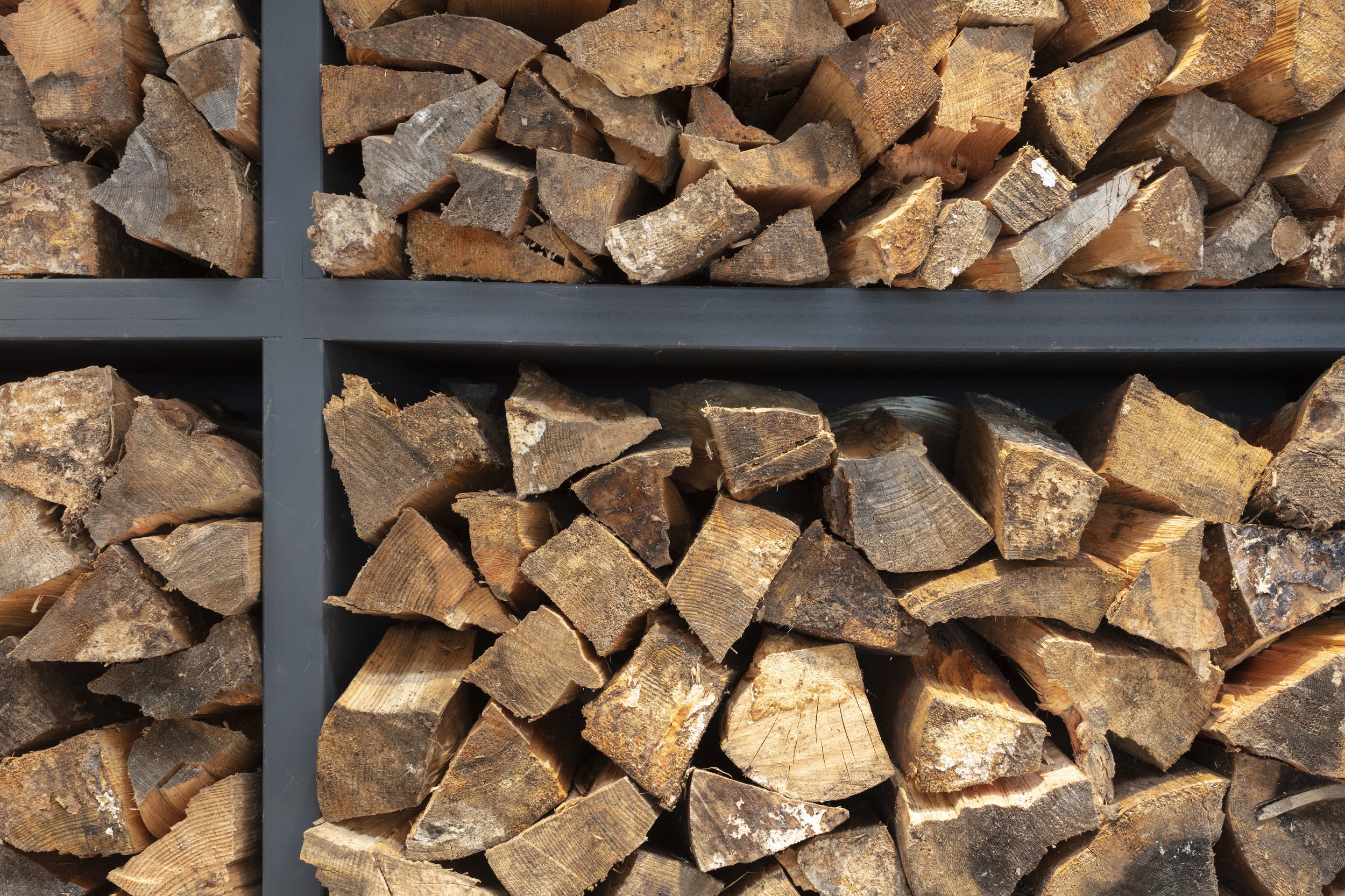
The New Build Heat Standard in Scotland and what it really means for Homebuilders in Scotland
The New Build Heat Standard (NBHS) affects the type of heating system new-build properties or conversions in Scotland will be allowed to use. In this opinion piece, Mill Architects’ Director, Richard Webb, explores the new regulations and their potential far-reaching consequences.
Building Regulations and how they have changed in Scotland
Building Regulations are in place to positively impact buildings and architects in Scotland. They ensure a high level of thermal performance in new builds, conversions and renovations with the ultimate goal of reducing carbon output. These regulations come from a good place, with very commendable aspirations; however, as with much legislation in Scotland, there are some significant unintended consequences.
The regulations state that “Every building must be designed and constructed in such a way that the means by which space within the building is heated or cooled and by which hot water is made available in the building is not by means of a direct emission heating system.”
I should start by saying I understand there needs to be a move away from fossil fuel reliance in building; however, I fear these regulations have come into play before the necessary due diligence and industry support have been put in place.
For new-build houses in Scotland, your heating system options are now ultimately an electric boiler or a hydrogen boiler – hydrogen systems aren’t really on many people’s radars at the moment, and there are still early pilot studies underway to fully assess their suitability for different environments –which basically leaves us with electric boilers as the sole option.
These regulations are forcing people down one route, and an expensive one at that. Renewables like air source and solar are certainly a positive step; however, they still require a backup system as they do not generate enough heat to give you hot water from your tap.
We are also currently in a position where air source heat pumps and solar panels are reserved for people with larger budgets, which may be the difference between a viable project and an unviable one for many.
Electric heating is currently the most expensive you can get, and we are forcing people down that route when energy prices are at an all-time high. So, are we ultimately trying to deter people from building at all? This, coupled with a housing crisis, seems totally bonkers.
As they are written, the regulations acknowledge that power in Scotland can go down; now, for most people, that is for three hours at a time, but for many outwith the Central belt, power outages can last for days at a time. With a wood burner or open fire available, those impacted could at least stay warm, but what happens now? If you remove the right for people to have an alternative heat source, we could find ourselves in a potentially dangerous situation, especially for the most vulnerable in society.
It is worth remembering that these regulations are for domestic new-builds and conversions; however properties developed as short-term lets for commercial purposes would also be expected to comply with these regulations.
“Exceptional Circumstances”
The regulations do refer to exceptions ‘exceptional circumstances’; however, there is currently no information to tell us what this means, and ultimately, it will be down to individual Building Control Officers to determine which circumstances are considered exceptional.
Is it someone building an off-grid property committing heavily to renewables like air source and solar panels but need a wood burner for those three weeks a year when they lose power? Or is it for someone deemed vulnerable due to age or health?
Many of our clients in the farming community also rely heavily on their AGAs for cooking and heating; however, under the new regs, there will be electric AGAs or no AGAs for new build or conversions. I understand this won’t elicit much sympathy from the government.
Ultimately, this is a regulation dreamt up with the best intentions, but yet again, it feels like rural Scotland has been disregarded in its drafting and implementation. We need clarity on ‘exceptional circumstances’, and much like NPF4, we will probably only fully understand the implications of the regulations after a year of use – let’s just hope it isn’t too late by then.
